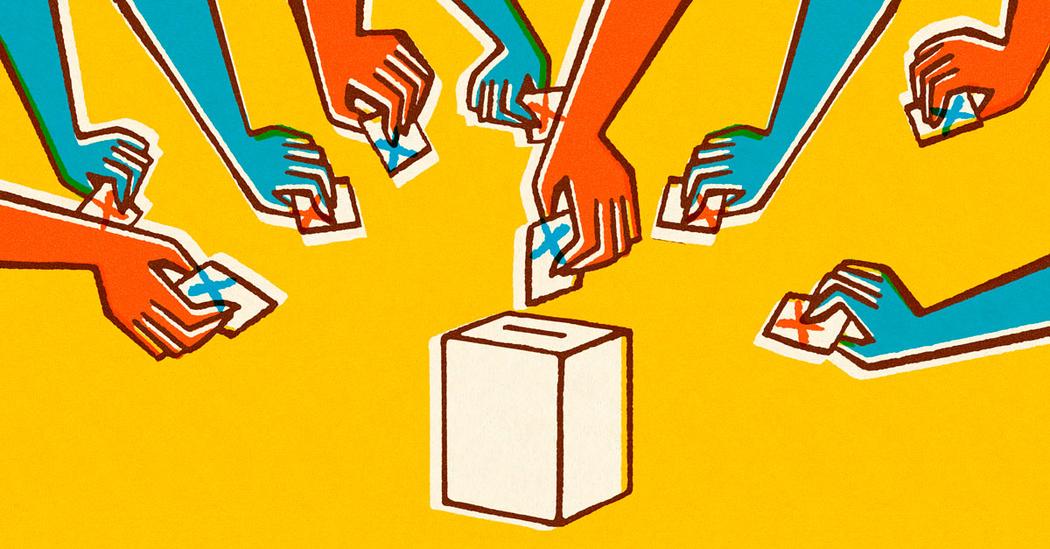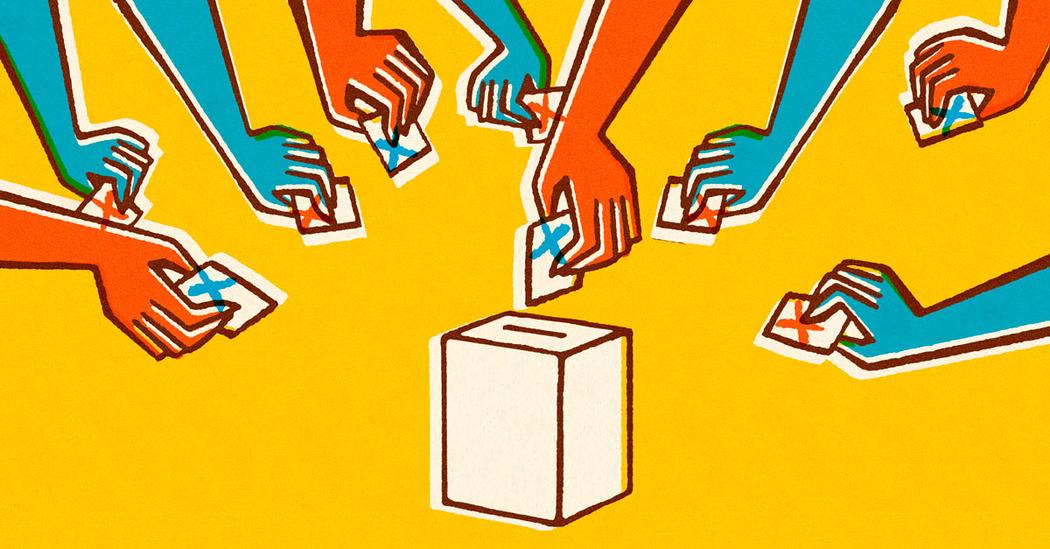Breaking
- MENU
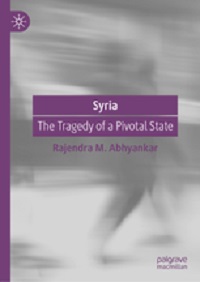
After the fall of the Presidents of Tunisia, Egypt and Libya within a few weeks of the setting in of ‘Arab spring’ in 2010-11, many expected a repeat in Syria. But to their consternation, the regime has not only survived the onslaught for nearly a decade but also re-established control over much of the country. In his book, Syria, the Tragedy of a Pivotal State, Ambassador Rajendra M Abhyankar has meticulously put together details of developments in the Syrian unrest since March 2011 and analysed them dispassionately. The author has spent over a decade in the region—Syria, Turkey and Iraq—and has a good grasp of the region's political dynamics, which comes across clearly in the book. Apart from explaining why Syria holds a pivotal position in the Middle East and the reasons for the regime's survival, he has given some useful suggestions on the way forward. The book is a must-read for anyone interested in understanding what is happening in Syria and what is a possible way out.
The US was clear from the beginning that the Syrian developments did not endanger its national security interests. It did not want a repeat of Iraq where the political and security vacuum that arose following the overthrow of Saddam Hussain and dismantling the armed forces and intelligence structures led to chaos with various groups trying to fill in the vacuum. There was a recognition that unlike Egypt, Tunisia, etc., which imploded, Syria would explode and engulf other countries in the region because of cross border linkages and its strategic location. But this did not come in the way of the US extending political and material support to anti-Assad forces. The US has complicated the search for peace through the December 2019 Caesar Act, which could debilitate Syria and reverse the gains so far.
The terrorist activities of ISIS in Paris and Brussels forced a rethink in the West on supporting Syrian rebels. The UN could not play an effective role since Russia and China vetoed any possibility of coercive moves against Syria. They were extremely careful because the West had used a UNSC resolution on the right to protect in Libya to resort to aerial bombardment and regime change. These countries were not going to allow a repeat of it in Syria. The UNSC resolution 2254 of December 2015 on Syria, which called for a ceasefire and a Syrian-led and Syrian-owned political transition, did not move the political process forward since the main players' objectives and approaches were different. The only positive development of the Resolution was the Astana process, which brought a reduction in violence. The political aspect of the Astana process has not made much headway. As the author recalls, Syria has been a fertile ground for outside powers through centuries, and it is so now, but at a huge cost, social, human and economic.
Before the unrest commenced, President Bashar al-Assad enjoyed widespread support in Syria. The missteps of Assad and their devastating consequences have been detailed in the book. There is a moral dilemma attached to judging the violent crackdown by government forces in the face of indiscriminate terrorist acts by the opposition, dominated by terrorists. Does one condemn it or condone it? In my career as a diplomat, I have faced such a dilemma on many occasions. The answer is often subjective.
Despite the miseries heaped on the Syrians by the ongoing war, Assad has managed to retain the support of the majority. Even after serious efforts by the West and the Gulf countries, they could not come up with an individual who could pose a political challenge to Assad. The tendency to view the Syrian unrest in purely sectarian terms by some in the Gulf and the West betrays a lack of understanding of the Syrian polity. As the author notes, Assad “has had support from key elements of Syrian society while his army and intelligence remains one of the most diverse in the Arab world”(p.48). Syria is the only country in the Middle East to profess a secular polity and gruesome violence indulged in by the rebels has led Syrians to believe that a known person is better. Even those who joined the opposition in the initial months of the unrest returned to Assad’s camp a few months later, put off by the level of violence indulged in by the rebels.
Despite the enormous political and material support from abroad, the rebels did not win the support of Syrians, who detested the large-scale involvement of outside terrorists who indulged in indiscriminate violence. There were over a thousand separate and disparate groups, with differing objectives defined by their overseas masters. The fact remains that there are still thousands of well-trained jihadists in Syria who could pose a terrorist threat in different parts of the world. It is regrettable that Turkey, which is their main sponsor, now deployed them in Libya and, more recently, in Nagorno-Karabakh. It has been rightly observed that “the civil war is far from over although waning. At the same time, it could renew it in unexpected directions” (p.142). The terrorist threat, a ticking time bomb, necessitates an early solution to the Syrian crisis.
General Robert Mood, head of the UN Supervision Mission in Syria, told BRICS ambassadors in an informal chat in mid-2012 that it is clear to him that Assad has to be part of the solution. One wishes his views had been given serious consideration by the UN then and might have saved several tens of thousands of human lives. In the author’s assessment, the international community is veering around accepting a strong Assad-led Syria. Regretfully not many are willing to work towards it. Reopening of their embassies in Damascus by UAE, Bahrain and Oman and serious consideration being given to Syria’s readmission into the Arab League are welcome steps that indicate a positive change in the attitude of the Gulf states.
A set of guiding principles for drafting a new constitution has been suggested by Ambassador Abhyankar. This includes a multi-party prime ministerial system with limited powers for the president, reforms of the legal system, police and intelligence services, guarantees for minorities etc. Many of them merit serious consideration. It would be best to leave the final shape to be determined by Syrians themselves under objective international observers' guidance. Despite peace in Syria before troubles broke out, the polity had several fault lines. But Syria had settled on a finely tuned equilibrium that served the interests of different sections of society. Left to themselves, I am sure that they can agree upon a political solution, with minimal help from the observers. Legitimate interests of outside players like Turkey and Israel can be addressed, as Syria had done in the past.
The author has mentioned that Saudi Arabia started supporting the terrorists only after Syria rejected the Annan peace plan in summer 2012. I would not agree; there was clear evidence of Saudi support for hardcore elements since May-June 2011.
It would have been useful if the author had expanded the book's scope to cover the controversial role of some sections of the media in the Syrian developments and the forces and motives behind it. Adel Toukan, a Syrian refugee in Jordan, in an interview with the author, said, ’…reference to several incidents he himself lived, the revolution against the regime is based on lies and a fabricated scenario which was adopted by media and spread over the world”. I was in Syria from January 2009 to December 2012, and I can vouch for it. Toukan added, “all external parties have to stop interfering with Syrian business’ (p.203).
Similar views were expressed by another refugee who preferred not to give his name. He said,” Political solution and not military one will work. Compromises by different parties are a must. Also, only the Syrian people to decide and all external powers to move out of Syria. Leave Syria for Syrians” (p.205). In conclusion, it needs a “ ‘miracle’ by God” (p.205). They may be refugees in a foreign land, but they have a clear idea of what will work for Syria. Will the international community heed their call?
As part of its editorial policy, the MEI@ND standardizes spelling and date formats to make the text uniformly accessible and stylistically consistent. The views expressed here are those of the author and do not necessarily reflect the views/positions of the MEI@ND. Editor, MEI@ND: P R Kumaraswamy
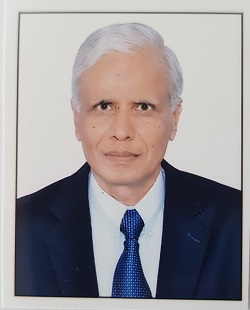
V. P. Haran retired from Indian Foreign Service after 34 years of service, in 2014. After postings in Moscow, Kabul, Colombo and Brussels, he was Deputy Permanent Representative to WTO, Geneva (2000-2003) and later Deputy Chief of Mission, Indian Embassy Kathmandu (2003-2006). He was appointed Ambassador to Syria in January 2009 and continued there until December 2012. During his tenure unrest broke out in Syria and the security situation deteriorated rapidly. He was appointed as Ambassador to Bhutan in January 2013 and retired from service in July 2014. After retirement, he has been contributing articles to publications of various think tanks and delivering lectures on foreign policy, relations with neighbours and Syria.
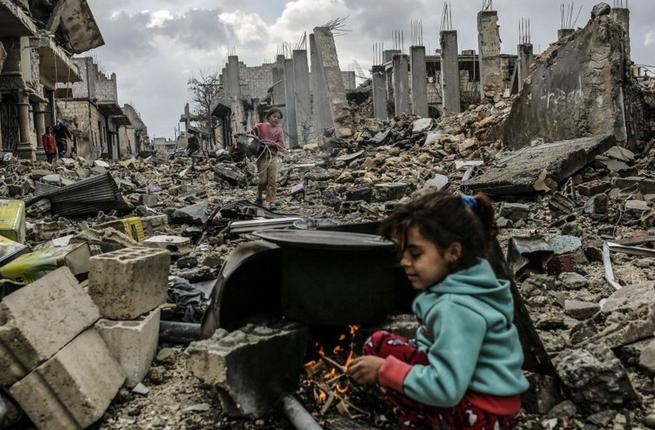
President Trump’s characterization of the US attack on specific Syrian chemical storage and re.....
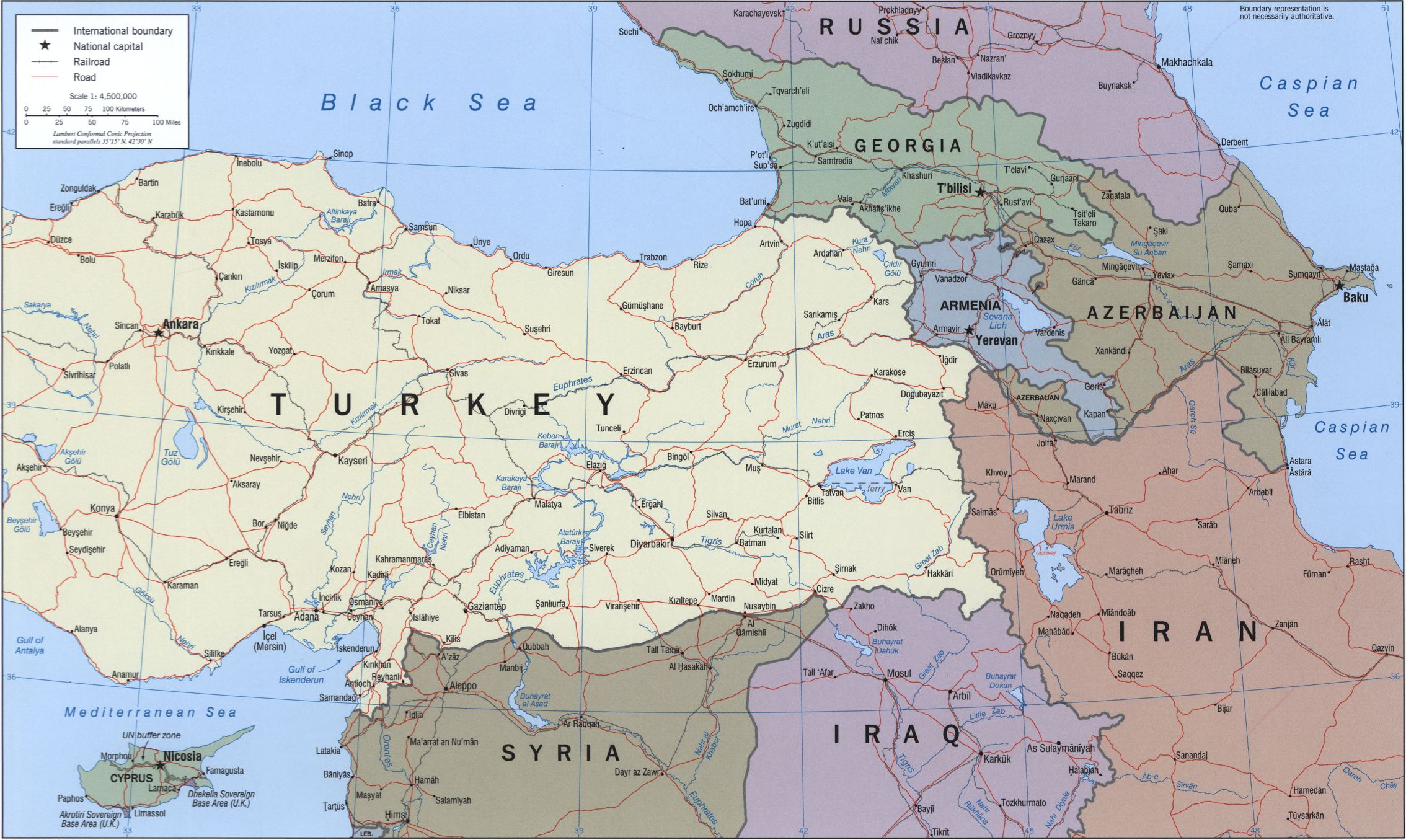
Turkish allegations of Saudi, Emirati and Egyptian support for the outlawed Kurdish Workers Party (P.....
